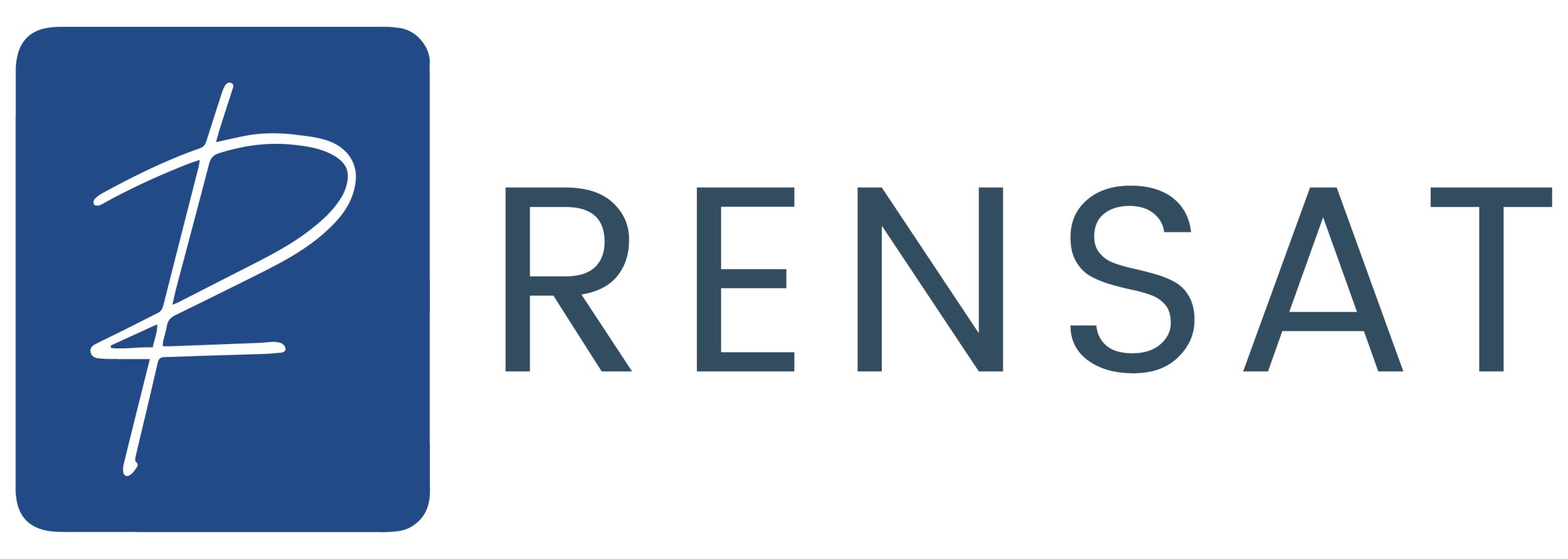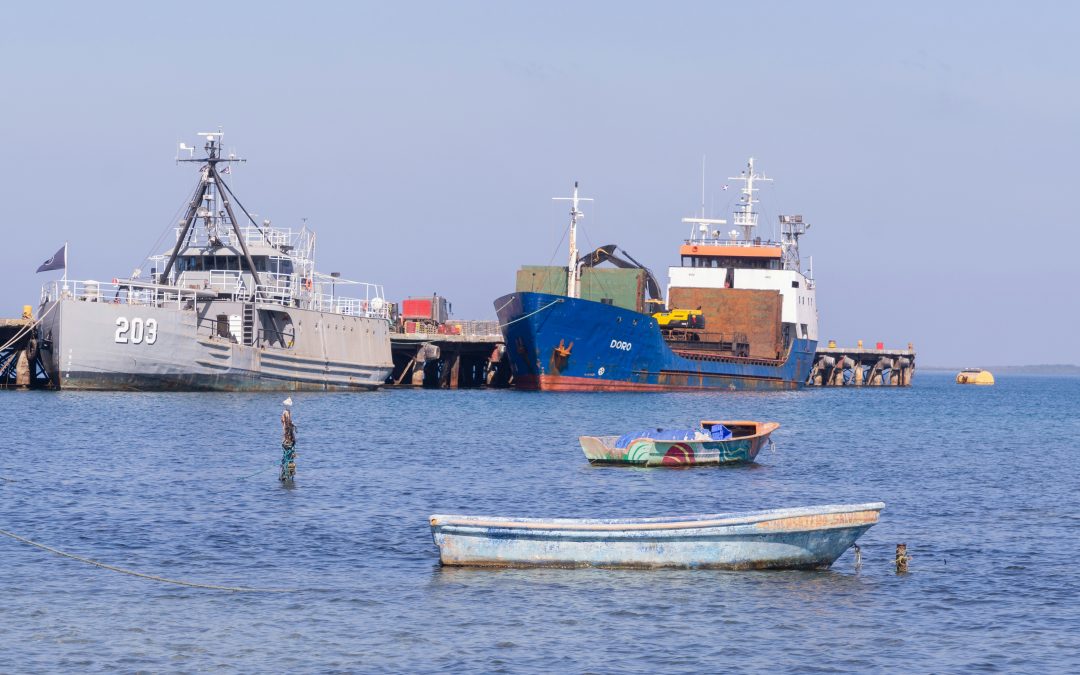Navigating the complexities of customs clearance can be a daunting task for businesses engaged in international trade. At RENSAT, we specialise in providing comprehensive customs clearance solutions, ensuring a smooth and efficient process for both the import and export of goods.
To help you with a smooth customs clearance experience, we’d like to share our valuable insights into understanding essential customs documents — a crucial aspect of customs trade compliance.
Understanding the different types of customs documents
Customs documents are the backbone of international trade, serving as a record and compliance tool for goods crossing borders. Key documents include the T1 and T2 transit documents — essential for moving goods safely and legally within and outside the EU.
The T1 document, specifically, is a transit document used for non-EU goods, ensuring they move under customs control until their final destination. The T2 document serves a similar purpose but is used for goods that are in free circulation within the EU. As you can see, understanding the difference between T1 and T2 documents is critical for smooth customs clearance.
Tip 1: Familiarise yourself with the T1 and T2 transit documents
As we’ve already covered, the T1 transit document, or T1 declaration, is key for non-EU goods transiting through the EU to a final destination. It ensures that customs duties and taxes are suspended until the goods reach their endpoint. Similarly, the T2 transit document is used for goods in free circulation within the EU, facilitating trade among member states.
Understanding the specific requirements and processes for each of these documents is essential for compliance and avoiding delays. If you need any assistance with this, our customs clearance expertise is available to you — all you need to do is get in touch.
Tip 2: Accurately complete the export declaration
An export declaration is a mandatory document for goods leaving any customs territory. It provides details like the nature of your goods, their value, and their intended destination. Accuracy in completing this document is crucial as it forms the basis for customs clearance and compliance with export regulations is essential for the safe and legal moving of goods.
Any errors or omissions can lead to delays, fines, or even the seizure of goods, so it’s best to organise your export declaration clearly and carefully. With over 50 years of combined experience in freight customs clearance, you can be certain that we will not only know how to process what you need but that our completed customs clearance process will be efficient and cost-effective.
Tip 3: Ensure the proper handling of export accompanying documents
Export accompanying documents include invoices, packing lists, and any other paperwork that accompanies a shipment. These documents verify the contents of the shipment and ensure that they match the details declared to customs. Proper management and presentation of these documents are vital for a smooth customs process, helping to prevent misunderstandings or misclassifications that could delay your shipments.
Tip 4: Utilise the ATA Carnet document for temporary exports
The ATA Carnet document is a valuable tool for businesses exporting goods temporarily, such as for exhibitions or trade fairs. It serves as a passport for your goods and simplifies any customs procedures by eliminating the need to pay duties and taxes. Understanding how to properly use and process an ATA Carnet can save significant time and money for businesses involved in international exhibitions or temporary exports.
However, navigating the ATA Carnet can be challenging for business owners who are already preoccupied with daily operations, manufacturing, procurement, and other aspects of business. We can help by handling all of your Import Declarations, Export Declarations, and EU Transit Documents, which can save you both time and money.
Tip 5: Stay updated on changes in customs regulations and documentation
Customs regulations and documentation requirements can change frequently. Staying informed about these changes is crucial for maintaining compliance and ensuring efficient customs clearance. Regularly consulting with customs brokers or subscribing to trade updates can help businesses like yours stay on top of these changes.
RENSAT: your complete customs clearance solution
Understanding your customs documents is a vital part of international trade, ensuring you a safe and legal clearance of goods. If you find the intricacies of customs clearance challenging, our team at RENSAT are here to assist whenever you need it.
Our expertise in customs trade compliance and clearance solutions makes us one of the UK’s leading registered brokers.
For personalised guidance and support, take a look at our services, and contact us. Let’s simplify your customs clearance process today.

